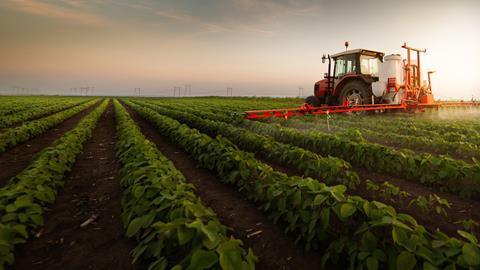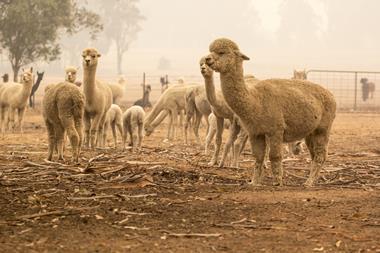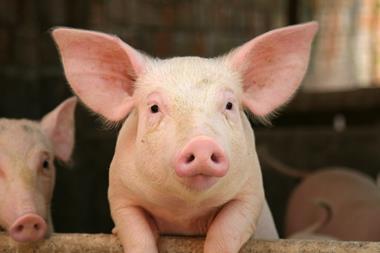Leaving the European Union will mean plenty of change for UK farmers, including the diversification of crops away from just food production. Insurance Times explores how this will impact on farmers’ insurance requirements as the agriculture sector’s risk profile grows
The width and breadth of agricultural insurance and crop cover may need re-examining this year as post-Brexit farming trends impact the sector’s risk profile, said Stephen Smout, head of agriculture at loss adjusting firm McLarens.
Speaking exclusively to Insurance Times, Smout identified two conjoined trends as affecting the current risk environment for UK farmers – Brexit and the diversification of farming away from solely centring around food production.
Firstly, “leaving the [European Union] means the UK left the Common Agricultural policy, which currently funds UK agriculture to the tune of £3.5bn”, Smout explained.
“In its place, the government has introduced the Agriculture Act, which provides the legislative framework for replacement agricultural support schemes and allows the government to introduce ambitious new land management schemes in England, based on the principle of public money for public goods.”
According to Smout, the new act – which came into force last November – “will pay farmers for the public goods they provide, including improved air, water, soil quality, increased biodiversity, climate change mitigation and cultural benefits, therefore encouraging diversification away from food production”.
He continued: “Whilst the traditional purpose of agriculture was to ‘feed the nation’, going forward the industry is now focused on a number of, arguably competing, goals and processes.
“Whilst food production remains a key objective – albeit with less reliance on pesticides and fertiliser – we will likely see tourism, renewable energy production and carbon capture become more prominent.

“Growing crops for biodiesel, or planting trees for carbon capture may well be more profitable than farming wheat for food production, though will also require greater capital investment.”
These changes, therefore, create “new elements of risk”, Smout added, which will have a knock-on effect when farmers explore their revitalised insurance needs in conjunction with what coverage is currently available in the market.
Insurance implications
In order to keep pace with agricultural changes, UK farmers will need to introduce “new technology such as robots, drones and precision farming techniques in order to increase production and cut carbon emissions, as well as diversifying away from food production”, Smout said.
This, in turn, will lead to “new exposure to different risk and liabilities - from costly equipment to different production and supply chains - raising potential insurance coverage issues for the sector”.
Furthermore, the claims process itself could also be affected, Smout continued.
“These developments not only introduce new risks, but also the need for new techniques and requirements from a claims management perspective, as the increasing value, complex nature of claims and availability of masses of data - both performance and financial – necessitate environmental, engineering, liability and accountancy disciplines within the loss adjusting field, working alongside specialist agricultural adjusters,” he said.
Evolving coverage requirements
The nitty gritty of what agriculture-centric insurance covers is set to evolve off the back of these developments too, Smout suggested.
He explained: “Though there is currently little in the way of crop insurance in the UK - other than traditional hail and accidental fire cover - the increase in severe weather patterns that is predicted could well lead to an increase in demand for this type of cover.
“As agriculture becomes more sophisticated, producers may also demand insurance that covers a greater number of agricultural risks from natural hazards, from pests and diseases to price fluctuations.
“Currently, asset risks, financial risk and human/personal risks are insurable via mature indemnity style policies, providing a proven risk transfer mechanism and associated confidence.
“As the market evolves, one area we may see develop is around parametric insurance, particularly in respect of the price of yield losses.”
Climate change
Regarding climate change specifically, Smout added that insurance can prove invaluable compared to “ad hoc government disaster aid”.
He said: “From a climate change perspective, insurance is preferable to ad hoc government disaster aid, which has severe drawbacks and often counter productive effects.
“For example, it tends to encourage production in marginal situations by indiscriminately covering crop losses, for example in fragile, arid countryside or flood-prone wetlands.
“In contrast, crop insurance actively reduces risk exposure by promoting private risk management.”
Hosted by comedian and actor Tom Allen, 34 Gold, 23 Silver and 22 Bronze awards were handed out across an amazing 34 categories recognising brilliance and innovation right across the breadth of UK general insurance.




















































No comments yet